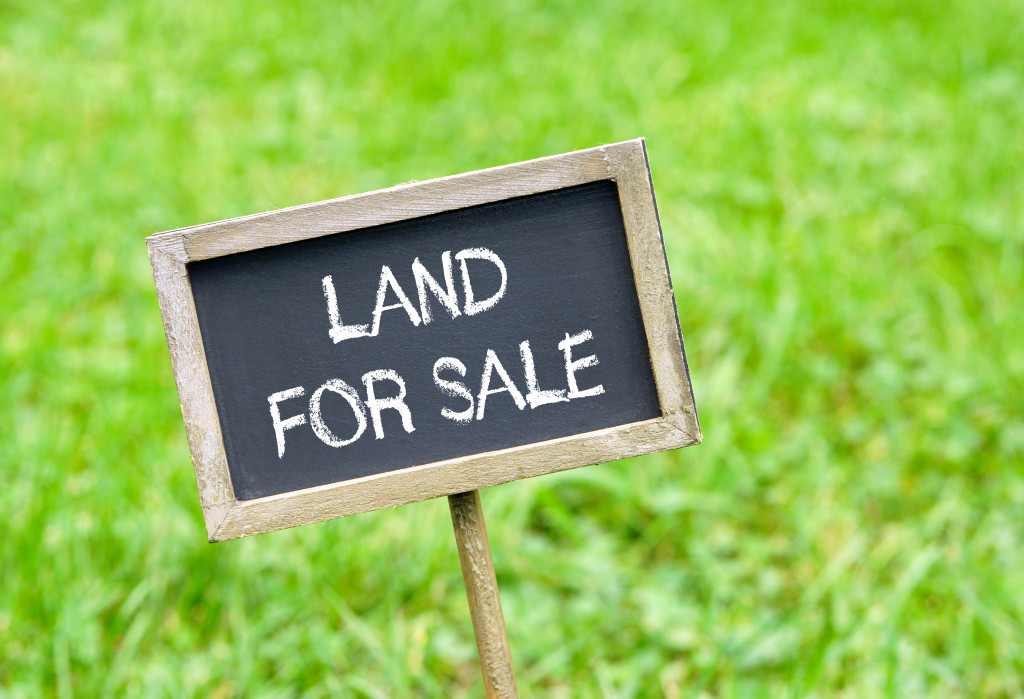- Research commercial zoning restrictions and laws in the area to ensure that investments are allowed.
- Consider location and infrastructure when selecting a property for community use, as this can help reduce future maintenance costs.
- Carefully evaluate the cost of the property, taking into account variables such as upfront costs and taxes.
- Analyze the size of the property to ensure that it matches the intended purpose.
When buying a property for community use, there are many things to consider. You must view all of these factors to make the right decision and get the most out of your purchase. By taking the time to research all of these aspects thoroughly, you can ensure that you make an informed decision when selecting a property for community use.
Property considerations
Property considerations are one of the most important aspects when purchasing a property for community use. Here is some specific information you need to know:
Commercial zoning restrictions and laws in the area
When buying a property for community use, it’s essential to consider the commercial zoning restrictions and laws that prevail in the area. These restrictions and laws guide what types of businesses are allowed in each area and sometimes even govern the total square footage of the property permitted.
Therefore, understanding them is crucial to ensure that any investment you make is allowed by local regulations and compliant with zoning ordinances. To better comprehend how current laws may affect potential investments, it is often wise to seek advice from a real estate lawyer who is familiar with the rules of your particular town or county.
They can help you determine if a property matches your goals and needs and explain any changes that will soon go into effect so that you can make informed decisions on buying in a given area.
Location
When determining the right location, a few things must be taken into account. The most valuable asset of any community property is its proximity to infrastructure and other amenities. These include shops, transport hubs, schools, and other public services.
It’s essential for people who will use the property to adequately access these aspects of their community. Purchasing property in an area with existing quality infrastructure can help ensure that future maintenance costs remain low and time needed for repairs is minimized.
Additionally, the crime rate should also be factored into the decision-making process as this can significantly affect community activities such as personal safety and quality of life within the neighborhood.
Ensuring a location is appropriate for community use requires deeper evaluation and thought than merely superficial appearance or price points. Proper consideration of location can make all the difference between a successful community venture and one that falls short of expectations.
Cost of the property

Considering upfront costs, potential risks, and long-term investments, cost should be estimated. It is important to ensure that funds are allocated properly to minimize risk and maximize value while considering inflation, grants, and taxes.
Furthermore, understanding your community’s needs before looking into different kinds of properties and prices will allow you to decide if community use is the right investment or if there are other options available. In sum, comprehensive planning is key when purchasing a property for community use; taking into account the cost of the property should be part of this important process.
Size of the property
Among the key factors that need to be assessed are the proposed building’s height and width, as these attributes directly affect the layout design, determining how effective the building will be for its intended purpose.
Furthermore, if the chosen space is too large, then the owner may incur a significant financial burden due to increased running costs; however, if it is too small, there would not be room to accommodate current needs or allow for future expansion possibilities. For maximum benefit, the size of any given property must carefully yet precisely match all identified criteria.
Accessibility

Accessibility encompasses various elements, including how easy it is to transport goods to and from the property, how many people can move around it freely and safely, and other factors like access to power, supply lines, educational services, and communication infrastructure. Each of these elements should be seriously considered when evaluating any potential properties.
Accessibility ensures that all community members can utilize these resources equally. Additionally, by ensuring the proper accessibility, a collective space can become even more useful due to increased numbers of patrons who can conveniently reach the area in question – leading to community prosperity for everyone involved.
Security features for those using it
With groups of people sharing the space come risks, and taking the proper steps to ensure their safety is paramount. This can involve looking into fire safety specifics and security access points—like locksets, door viewers, and alarm systems—to protect those the building is intended for.
Looking into after-hours policies and procedures should also be done to safeguard against all potential risks and vulnerabilities. Creating a safe atmosphere ensures a desirable atmosphere and makes living or working in such spaces a pleasant experience.
These are just a few important considerations when buying a property for community use. Take the time to research, seek advice from professionals in the field, and carefully analyze your options. You can make a decision best suited for yourself and your community.




